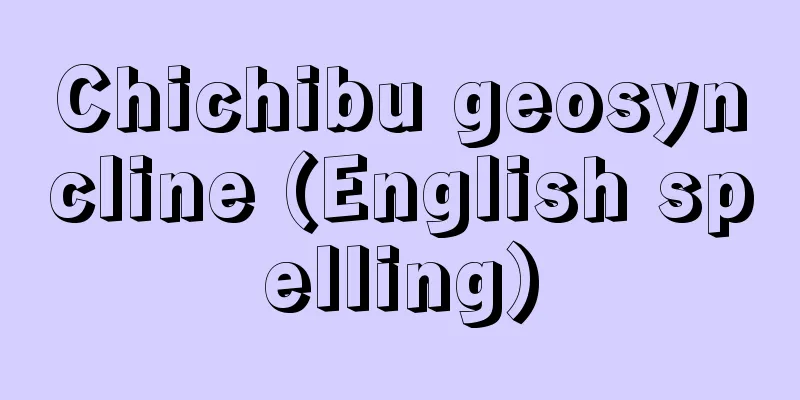Doigahama ruins - Doigahama ruins

|
The remains of a Yayoi period graveyard are located in Kandakami, Hohoku-cho, Shimonoseki City, Yamaguchi Prefecture. In the center of a small plain along the Hibikinada Sea coast, an aeolian sand dune has formed at a right angle to the coastline, and the ruins spread out along the narrow ridge of the sand dune. The area is estimated to be around 10,000 square meters. As a result of two phases of ten excavation surveys from 1953-1956 and 1980-1985, over 240 human bones belonging to the end of the Early to Middle Yayoi period were unearthed. The graveyards for the Early period are on the east side, and those for the Middle period on the west side. Most of the bones show signs of supine flexed burial, but there are also a few examples of supine extended burial and prone flexed burial. Some were buried in sand without any burial facilities, some with gravel at the four corners, and a few were buried in stone enclosures or box-shaped sarcophagi. Jewelry such as tubular jasper beads, shell bracelets, and rings have also been found. These bodies not only show the nature of collective graves from the Early and Middle Yayoi periods, but their formal characteristics of tall stature and high faces are also considered important as material for Yayoi period racial theory. It was designated a National Historic Site in 1962. The Doigahama Ruins and Anthropology Museum opened in 1993. [Kaneki Jiro] [Reference item] | |Source: Shogakukan Encyclopedia Nipponica About Encyclopedia Nipponica Information | Legend |
|
山口県下関市豊北(ほうほく)町神田上(かんだかみ)に所在する弥生(やよい)時代の墓地の遺跡。響灘(ひびきなだ)沿岸の小平野中央に、海岸線とは直角方向に風成砂丘が形成されており、遺跡は狭長な砂丘の稜線(りょうせん)沿いに広がっている。範囲は1万平方メートル内外と推定される。1953~56年(昭和28~31)、80~85年の二期10次にわたる発掘調査の結果、240体余の弥生前期末から中期に属する人骨が出土した。前期の墓域は東寄りに、中期のそれは西寄りにある。人骨の多くは仰臥屈葬(ぎょうがくっそう)の形跡をとどめているが、仰臥伸展葬、俯臥(ふが)屈葬例も若干ある。埋葬施設を伴わず、砂中に埋められたもの、四隅に礫(れき)を配するもの、少数ながら、石囲いや箱式石棺(はこしきせっかん)に葬られたものもある。遺体の着装した碧玉(へきぎょく)製管玉(くだたま)、貝製腕輪、指輪などの装身具もみいだされている。これらの遺体は、弥生前・中期の集団墓の実態を示すとともに、その長身・高顔の形式的特徴は、弥生時代人種論の資料としても重要視されている。1962年国史跡に指定。93年(平成5)には「土井ヶ浜遺跡・人類学ミュージアム」が開館した。 [金関 恕] [参照項目] | |出典 小学館 日本大百科全書(ニッポニカ)日本大百科全書(ニッポニカ)について 情報 | 凡例 |
Recommend
boiling point
…The temperature at which boiling occurs is calle...
Humanism
A translation of the English term humanism and the...
Sorge, Richard
Born: April 10, 1895 in Baku [Died] November 7, 19...
Sterling, Bruce
Born April 14, 1954 in Brownsville, Texas. America...
University South Campus - Daigaku Nankou
Along with Daigaku Toko, this was a national West...
Mourning the wounds - aito shoushin
This refers to the custom of injuring a part of on...
Transition - Transition
〘Jiha 4〙 (An alteration of "utsurafū," w...
Seuse, Heinrich
Born: March 21, 1295 in Constance [Died] January 2...
Wieprecht, WF (English spelling) WieprechtWF
... In the 18th and 19th centuries, as each count...
Bibio albipennis (English spelling)
...A general term for insects belonging to the fa...
Karl Larenz
1903‐1993 German civil law scholar and legal philo...
Elizabeth McIntosh
…British female author. Her real name is Elizabet...
One Way Road
...From this point on, what he aimed for was to c...
bhang
… [Mitsuru Hotta] [Cannabis Addiction] It refers ...
Russell Drysdale
1912‐81 Australian painter. Born while his parents...









